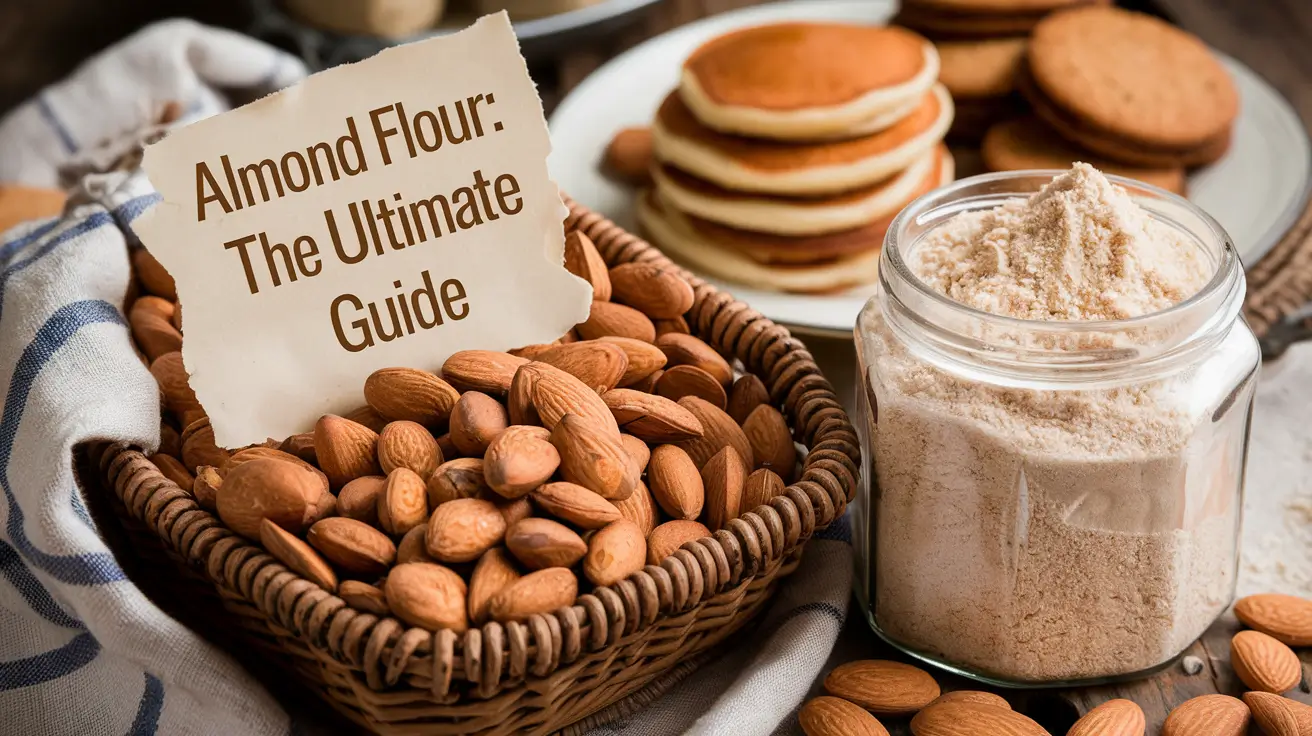Keto-Friendly Vegetables: The Ultimate Guide to Delicious, Low-Carb Eating

The ketogenic diet has gained immense popularity in recent years, praised for its potential benefits in weight loss, blood sugar control, and even neurological health. At its core, the keto diet is a high-fat, moderate-protein, and very low-carbohydrate eating plan. While many associate keto with bacon, butter, and cheese, vegetables play a crucial role in maintaining a balanced and healthy ketogenic lifestyle.
Vegetables are essential for providing vital nutrients, fiber, and antioxidants that support overall health. However, not all vegetables are created equal when it comes to the keto diet. Some are naturally low in carbohydrates and fit perfectly into a ketogenic eating plan, while others can quickly use up your daily carb allowance.
In this comprehensive guide, we’ll explore the world of keto-friendly vegetables, helping you understand how to incorporate these nutritious foods into your diet while maintaining ketosis. We’ll cover everything from understanding carbs in vegetables to cooking methods and recipes, ensuring you have all the tools you need to make informed choices about your keto vegetable consumption.
Understanding Carbs in Vegetables
Before diving into specific vegetables, it’s crucial to understand how carbohydrates in vegetables are calculated and considered in a ketogenic diet.
Net Carbs vs. Total Carbs
When following a keto diet, the concept of “net carbs” becomes essential. Net carbs are calculated by subtracting the fiber content from the total carbohydrates in a food item. This is because fiber is a type of carbohydrate that your body cannot digest, so it doesn’t impact blood sugar levels or ketosis.
For example, if a vegetable has 10 grams of total carbohydrates and 4 grams of fiber, the net carbs would be 6 grams (10g – 4g = 6g).
Fiber Content and Its Role in Keto
Fiber is crucial for digestive health, and it can help you feel full and satisfied. On a keto diet, where carb intake is limited, getting enough fiber from low-carb vegetables becomes even more important. Fiber can also help regulate blood sugar levels and promote a healthy gut microbiome.
How to Calculate Net Carbs
To calculate net carbs in vegetables:
- Look at the total carbohydrates on the nutrition label or in a reliable nutrition database.
- Find the fiber content.
- Subtract the fiber from the total carbohydrates.
The resulting number is the net carbs, which is what you’ll count towards your daily carb limit on a keto diet.
Top 15 Keto-Friendly Vegetables
Now that we understand how to evaluate vegetables for a keto diet let’s explore the top 15 keto-friendly vegetables you can enjoy without worrying about breaking ketosis.
- Spinach
- Net carbs: 1g per 100g
- Benefits: Rich in iron, vitamins A and C, and antioxidants
- Best uses: Raw in salads, sautéed as a side, or blended into smoothies
- Kale
- Net carbs: 3g per 100g
- Benefits: High in vitamins K, A, and C, and contains cancer-fighting compounds
- Best uses: Massaged in salads, baked into chips, or sautéed with garlic
- Broccoli
- Net carbs: 4g per 100g
- Benefits: High in fiber, vitamin C, and sulforaphane (a compound with anti-cancer properties)
- Best uses: Steamed, roasted, or used in stir-fries
- Cauliflower
- Net carbs: 3g per 100g
- Benefits: Rich in vitamins C and K, and a great source of antioxidants
- Best uses: Riced as a grain substitute, roasted, or mashed as a potato alternative
- Zucchini
- Net carbs: 2g per 100g
- Benefits: Good source of vitamin A and potassium
- Best uses: Spiralized into “zoodles,” grilled, or used in low-carb baking
- Bell Peppers
- Net carbs: 4-5g per 100g (varies by color)
- Benefits: Extremely high in vitamin C, also contains vitamins A and B6
- Best uses: Raw in salads, stuffed and baked, or used in stir-fries
- Asparagus
- Net carbs: 2g per 100g
- Benefits: High in folate, vitamins A, C, and K
- Best uses: Grilled, roasted, or wrapped in bacon
- Brussels Sprouts
- Net carbs: 5g per 100g
- Benefits: Rich in vitamins K and C, and high in antioxidants
- Best uses: Roasted with bacon, shredded in salads, or sautéed with garlic
- Cabbage
- Net carbs: 3g per 100g
- Benefits: High in vitamin C and K, contains cancer-fighting compounds
- Best uses: Shredded for slaws, used in stir-fries, or fermented into sauerkraut
- Celery
- Net carbs: 1g per 100g
- Benefits: Very low in calories, good source of vitamins A and K
- Best uses: Raw with dips, added to salads, or used in soups
- Cucumber
- Net carbs: 2g per 100g
- Benefits: Hydrating, contains vitamins K and C
- Best uses: Raw in salads, used as a vessel for dips, or pickled
- Green Beans
- Net carbs: 4g per 100g
- Benefits: Good source of vitamins C and K, and fiber
- Best uses: Steamed, sautéed with almonds, or roasted
- Lettuce (various types)
- Net carbs: 1-2g per 100g
- Benefits: Low in calories, high in water content, good source of vitamins
- Best uses: As a base for salads, used as wraps for sandwiches
- Mushrooms
- Net carbs: 2-3g per 100g (varies by type)
- Benefits: Good source of B vitamins and selenium
- Best uses: Sautéed as a side, used in omelets, or stuffed and baked
- Avocado (technically a fruit, but often used as a vegetable)
- Net carbs: 2g per 100g
- Benefits: High in healthy fats, potassium, and fiber
- Best uses: Mashed on keto toast, added to salads, or made into guacamole
Vegetables to Avoid or Limit on Keto
While many vegetables are keto-friendly, some are high in carbs and should be avoided or limited on a ketogenic diet:
- Potatoes: All varieties, including sweet potatoes
- Corn
- Carrots (in large quantities)
- Onions (use in moderation)
- Peas
- Beets
- Winter squash (e.g., butternut, acorn)
These vegetables are either too high in carbs or can quickly add up to a significant carb count if not carefully portioned.
Cooking Methods for Keto Vegetables
The way you prepare your vegetables can impact their carb content and nutritional value. Here are some keto-friendly cooking methods:
- Steaming: Preserves nutrients and doesn’t add any extra carbs or calories.
- Roasting: Enhances flavor without adding carbs. Use healthy fats like olive oil or coconut oil.
- Sautéing: Quick and easy, great for preserving texture. Use butter or healthy oils.
- Raw consumption: Ideal for leafy greens and some low-carb vegetables like cucumber and celery.
- Grilling: Adds a smoky flavor without extra carbs. Be careful not to char vegetables, as this can produce harmful compounds.
Remember to use healthy fats in your preparation methods. This not only adds flavor but also helps you meet your fat macros for the day.
5 Keto-Friendly Vegetable Recipes
- Cauliflower Rice Stir-Fry
- Ingredients: Riced cauliflower, diced bell peppers, sliced mushrooms, minced garlic, soy sauce, sesame oil
- Instructions: Sauté vegetables in sesame oil, add cauliflower rice, season with soy sauce and garlic
- Cooking time: 15 minutes
- Zucchini Noodles with Pesto
- Ingredients: Spiralized zucchini, homemade or store-bought pesto, cherry tomatoes, pine nuts
- Instructions: Lightly sauté zucchini noodles, toss with pesto, top with halved cherry tomatoes and pine nuts
- Cooking time: 10 minutes
- Spinach and Feta-Stuffed Mushrooms
- Ingredients: Large mushroom caps, spinach, feta cheese, cream cheese, garlic
- Instructions: Mix spinach, cheeses, and garlic; stuff into mushroom caps; bake until golden
- Cooking time: 20-25 minutes
- Broccoli and Cheese Soup
- Ingredients: Broccoli, heavy cream, chicken broth, cheddar cheese, onion, garlic
- Instructions: Sauté onion and garlic, add broth and broccoli, simmer, blend, stir in cream and cheese
- Cooking time: 30 minutes
- Keto Coleslaw
- Ingredients: Shredded cabbage, grated carrot (small amount), mayo, apple cider vinegar, erythritol, salt, pepper
- Instructions: Mix dressing ingredients, toss with vegetables, chill before serving
- Preparation time: 10 minutes (plus chilling time)
Meal Planning with Keto Vegetables
Incorporating vegetables into each meal is crucial for maintaining a balanced keto diet. Here are some tips:
- Breakfast: Add spinach or kale to your morning omelet or smoothie.
- Lunch: Use lettuce wraps instead of bread for sandwiches, or have a large salad with various low-carb vegetables.
- Dinner: Always include a side of vegetables, such as roasted Brussels sprouts or sautéed green beans.
- Snacks: Keep cut-up celery, cucumber, or bell peppers on hand for quick, low-carb snacks.
Remember to balance your macronutrients. While vegetables are important, they should be accompanied by adequate protein and healthy fats to meet your keto macros.
Portion control is also key. Even low-carb vegetables can add up if consumed in large quantities. Use a food scale or measuring cups to ensure you’re staying within your carb limits.
Addressing Common Concerns
- Nutrient deficiencies: A well-planned keto diet that includes a variety of low-carb vegetables can provide most necessary nutrients. However, some people may need to supplement with vitamins or minerals, especially in the beginning.
- Fiber intake: Many keto-friendly vegetables are high in fiber, which can help prevent constipation—a common issue when starting a keto diet.
- Variety in the diet: With careful planning, it’s possible to enjoy a wide variety of vegetables on a keto diet. Experiment with different types and cooking methods to keep your meals interesting.
- Sustainability: While some find the keto diet challenging to maintain long-term, incorporating a variety of vegetables can make it more sustainable and enjoyable.
Conclusion
Vegetables are an essential component of a healthy ketogenic diet. They provide vital nutrients, fiber, and antioxidants while keeping carb counts low. By focusing on low-carb options like leafy greens, cruciferous vegetables, and above-ground vegetables, you can enjoy a wide variety of produce while maintaining ketosis.
Remember to calculate net carbs, experiment with different cooking methods, and try new recipes to keep your keto journey exciting and nutritious. With the right approach, you can create a sustainable and enjoyable keto lifestyle that includes plenty of vegetables.
Don’t be afraid to experiment with different keto-friendly vegetables and recipes. The key to long-term success on any diet is finding a way of eating that you enjoy and can stick to. By incorporating a variety of delicious, low-carb vegetables into your meals, you’ll be well on your way to a healthy and satisfying ketogenic lifestyle.




